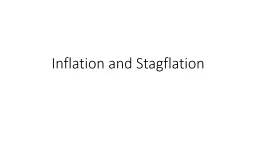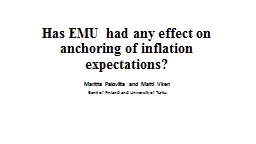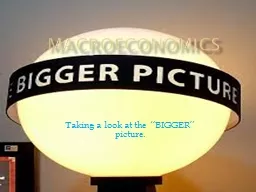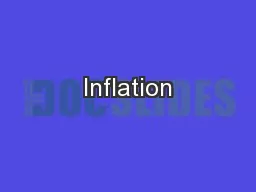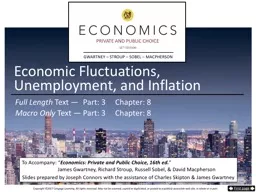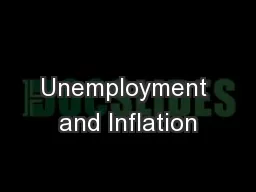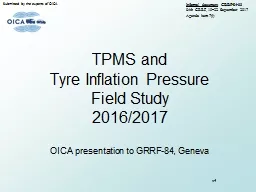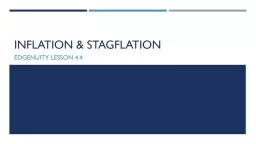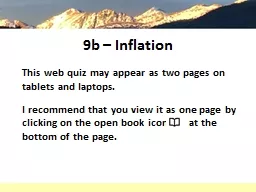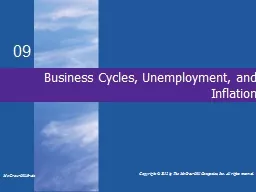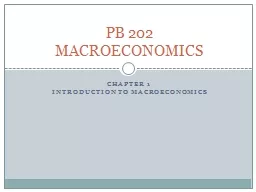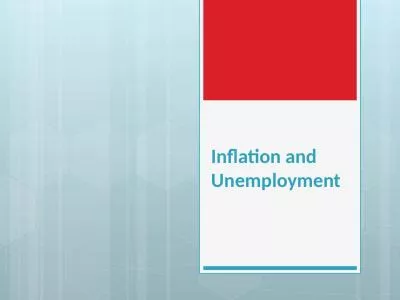PPT-Inflation and Stagflation
Author : basidell | Published Date : 2020-06-20
What is inflation Define inflation How does it affect the economy a rise in the general price level It causes rising prices for goods and services It reduces purchasing
Presentation Embed Code
Download Presentation
Download Presentation The PPT/PDF document "Inflation and Stagflation" is the property of its rightful owner. Permission is granted to download and print the materials on this website for personal, non-commercial use only, and to display it on your personal computer provided you do not modify the materials and that you retain all copyright notices contained in the materials. By downloading content from our website, you accept the terms of this agreement.
Inflation and Stagflation: Transcript
Download Rules Of Document
"Inflation and Stagflation"The content belongs to its owner. You may download and print it for personal use, without modification, and keep all copyright notices. By downloading, you agree to these terms.
Related Documents

